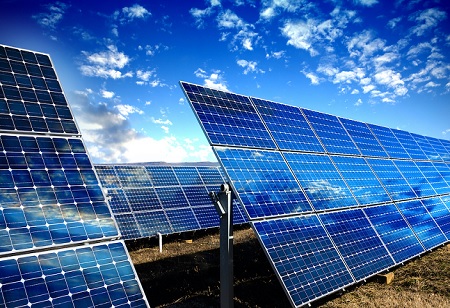
Singapore Launches Advanced System for Optimal Energy Management

 The Energy Market Authority (EMA) has upgraded its Energy Management System II (EMS II) to enhance the monitoring of Singapore’s electricity and natural gas transmission network and the operation of generating plants. According to EMA, EMS II features a solar photovoltaic (PV) forecasting model, improved situational awareness, and advanced automatic power generation control capabilities. Previously, the earlier version was limited to monitoring and controlling conventional generators only.
The Energy Market Authority (EMA) has upgraded its Energy Management System II (EMS II) to enhance the monitoring of Singapore’s electricity and natural gas transmission network and the operation of generating plants. According to EMA, EMS II features a solar photovoltaic (PV) forecasting model, improved situational awareness, and advanced automatic power generation control capabilities. Previously, the earlier version was limited to monitoring and controlling conventional generators only.
By incorporating the solar PV forecasting model, EMA can now predict solar PV output more accurately, enabling proactive measures to manage solar intermittency. These forecasts are also shared with the Energy Market Company, Singapore's wholesale electricity market operator, to formulate dispatch schedules for each half-hourly period. This includes arrangements for acquiring extra reserves or energy as needed.
During grid fluctuations, EMS II utilizes Automatic Generation Control capabilities to signal the charging and discharging of Energy Storage Systems (ESS), large batteries designed for storing solar energy. Additionally, EMS II features Intelligent Alarm Processing, which consolidates alarms from power plants and transmission substations during emergencies. This enhancement enables EMA to respond more effectively to alarms, reducing the potential for information overload in the control room operators.
EMA said EMS II is vital in Singapore’s transition to more low-carbon energy sources to achieve net-zero carbon emissions by 2050. “The new capabilities allow EMA to promptly manage changes in demand and supply, a crucial enhancement in ensuring a reliable and stable electricity supply as Singapore scales up solar PV deployment”, the authority said.
EMA expects electricity demand to grow over the medium to long term as industries reduce their carbon footprint amidst the expansion of electricity-intensive industries. “With system peak demand forecasted to increase at a compound annual growth rate of up to ~5% over the next five years, Singapore will need to tap on new energy sources such as solar and electricity imports from the region to meet our future electricity demand”, EMA said. EMA said the EMS II will allow Singapore to efficiently manage these new energy sources connected to the power grid.

